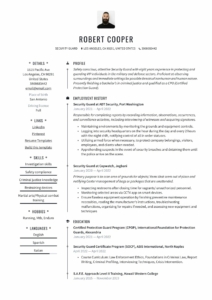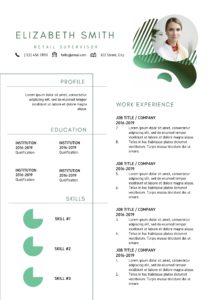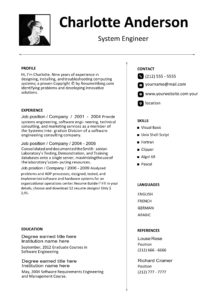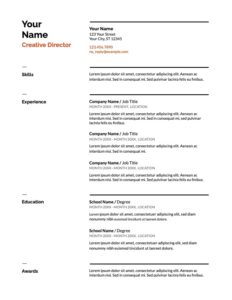A curriculum vitae, also known as a CV and resume, is an alternative to a resume commonly used by students when applying for a job. Both are used in job applications but have specific differences especially when it comes to the curriculum vitae format.
The three major differences between a resume and a CV are length, layout, and purpose. Resumes are used to briefly list your skill and academic summary and is covered over two pages at the most. On the other hand, a CV is much more detailed and often goes over two pages. It’s not uncommon for some CV’s to reach as much as three pages. In some cases, multinational or large companies will ask for a CV summary which is a one page condensed version of your entire CV.
A resume may also be customized based on the position and company you are applying for. There are also several resume formats to choose from; there’s the functional, chronological, or combination format. The curriculum vitae format generally stays the same no matter where you are applying; the only aspect that changes with a CV will be indicated in the cover letter.
A CV contains a chronological order detailing your entire career or academic background. Resumes can be adjusted based on the applicant as well as the requirements of the company or position being applied to. CV’s are typically used when applying for medical, scientific, international, educational, academic, or research positions. Students applying for grants or fellowships also use CV’s instead of resumes.
There are several style guidelines you can follow when creating a curriculum vitae format. Here are useful tips to follow and the essential information to include when writing a CV:
Essential Aspects of A CV Format must always include the following:
• Contact information: name, address, telephone and/or mobile number, and email address. Contact information is always placed at the top of the CV.
• Education: include all dates, majors, degree details, and training and certification; this applies to your high school, university, graduate school, and post-doctoral training in chronological order. In this section, also include any honors and awards you received such as scholarships, departmental awards, and dean’s list standings.
• Thesis and dissertations: Include information on your thesis, with a brief paragraph
• Personal information: date and place of birth, citizenship; optional personal information details to include are visa status (unless you are a foreign student), gender, marital status, spouse’s name, and any children.
• Employment history: a chronological listing of relevant work history, academic positions, research, and training. Include clear information of your position and how long you worked in each company or role.
• Professional qualifications: include any certifications and accreditations from school and jobs
• Other information: computer skills, language skills, awards received, publications you worked on, and professional memberships, extracurricular activities. If you’ve studied abroad, you can also include this information in your CV.
Tips In Writing A Curriculum Vitae Format
Length: CV’s are expected to be around 2 pages or longer.
Font: Use fonts that are easy to read, such as Calibri, Times New Roman, Arial, or similar fonts. The font size used for CV’s should be 10 or 12. Use a slightly larger font, or bolded, when writing your name as well as section subheadings.
Format: Each section of the CV should be as uniform as possible. For example, if you italicize the name of each organization you’ve worked for in one section, do the same for all organizations in the rest of the CV. It also helps to use a bullet list when including information about your accomplishments, whether professional or academic. This makes it easier to read for the recruiter and helps to keep it organized.
Last but not least: Don’t forget to proofread your curriculum several times. If you’re unsure about the format and information, or it’s your first time to write a CV, you can ask a second opinion from a mentor, teacher, or parent.





